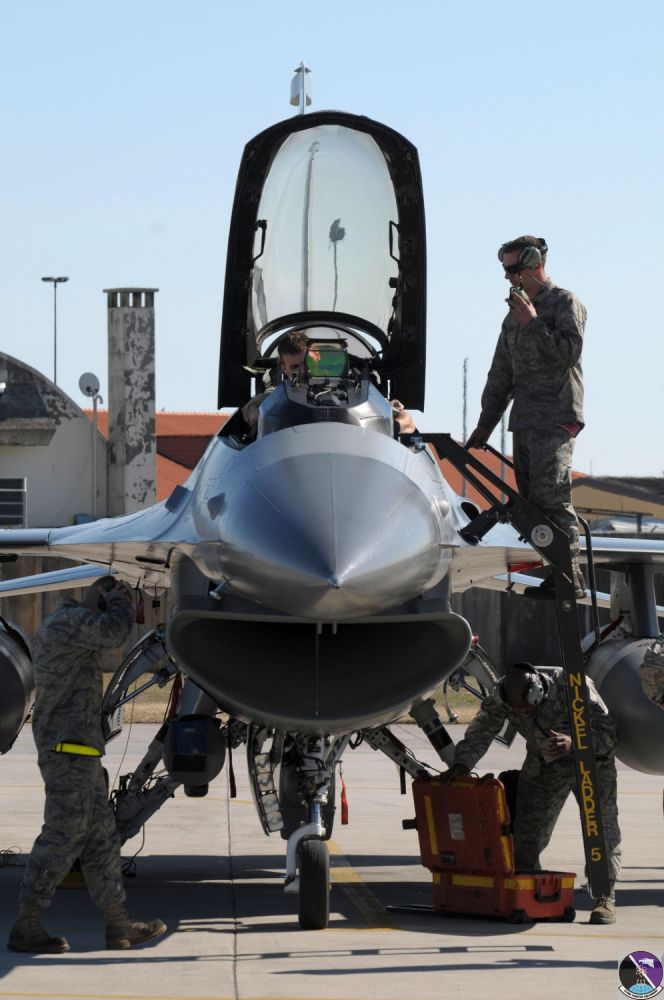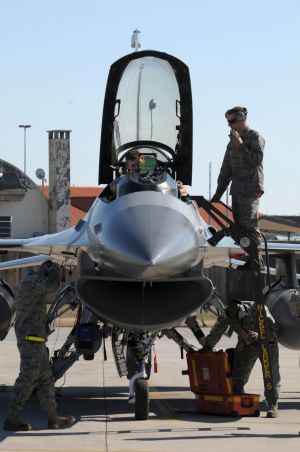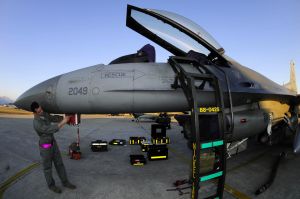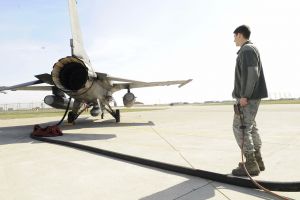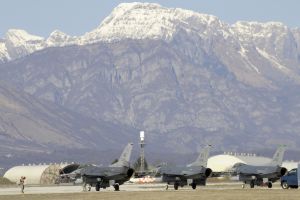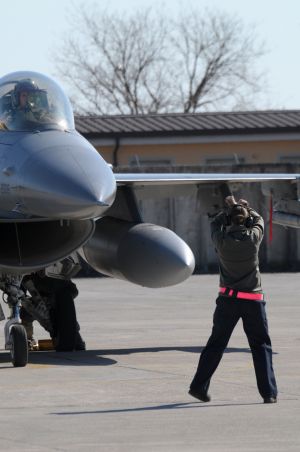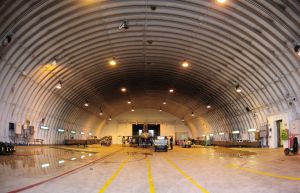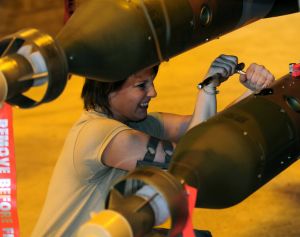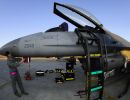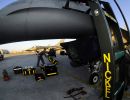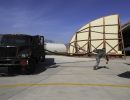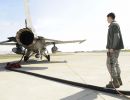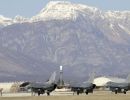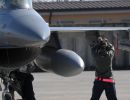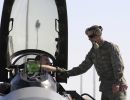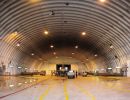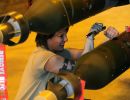Operation TEAPOT was the fifth series of atmospheric nuclear tests conducted by the Atomic Energy Commission (AEC) within the continental United States. The series, which consisted of 14 nuclear events and one non-nuclear detonation, was conducted at the Nevada Test Site (NTS) from Feb. 18 to May 15, 1955. The operation involved an estimated 11,700 Department of Defense (DoD) personnel who participated in observer programs, tactical maneuvers, and scientific studies. The series was intended to test nuclear devices for possible inclusion in the weapons arsenal, improve military tactics, equipment, and training, and study civil defense requirements.
About 8,000 of the DoD participants at TEAPOT took part in Exercise Desert Rock VI. The remaining DoD personnel assisted in scientific experiments or administration and support activities for the Joint Test Organization (JTO).
Exercise Desert Rock VI, an Army program involving members of the armed services, included observer activities, troop tests, and technical studies. Observer programs, conducted at Shots WASP, MOTH, TESLA, TURK, BEE, ESS, APPLE 1, and APPLE 2, generally involved instruction on the effects of nuclear weapons, observation of a nuclear detonation, and a subsequent tour of a display of military equipment exposed to the detonation. Troop tests were designed to demonstrate military tactics and doctrine and to train command and staff personnel in all phases of planning and conducting combat operations under the anticipated conditions of nuclear warfare. Troop tests included the maneuvers performed at Shots BEE and APPLE 2. Technical studies were conducted at Shots WASP, MOTH, TESLA, TURK, BEE, ESS, APPLE 1, WASP PRIME, MET, and APPLE 2. These projects were used to train armed services personnel and to study the ability of different types of military equipment and structures to withstand nuclear detonations.
Scientific tests studying the effects of each nuclear detonation were conducted by the Armed Forces Special Weapons Project (AFSWP) Military Effects Group, Los Alamos Scientific Laboratory Test Group, University of California Radiation Laboratory Test Group, and Federal Civil Defense Administration Civil Effects Test Group. Scientists and technicians from these groups placed gauges, detectors, and other instruments around the point of detonation in the days and weeks preceding each scheduled nuclear test. After each shot, when the Test Manager had determined that the area was safe for limited access, these participants returned to the test area to recover equipment and gather data.
Support services for both Exercise Desert Rock VI and the JTO included radiological safety, security, transportation, communications, engineering, and logistics. During TEAPOT, approximately 2,000
support troops were assigned to Camp Desert Rock to perform these duties for Exercise Desert Rock VI. The Desert Rock radiological safety section was comprised primarily of members of the 50th Chemical Service Platoon. Some other Desert Rock support elements included the 232nd Signal Company; 23rd Transportation Truck Company; 31st Transportation Truck Company; 2nd Transportation Company; Company A, 505th Military Police Battalion; and 94th Medical Detachment (Veterinary Food Inspection Service). In addition, the 12th Evacuation Hospital1 provided medical and dental care for the military personnel at Camp Desert Rock and established aid stations for troops in the forward area.
The Air Force Special Weapons Center (AFSWC) provided aircraft and pilots for airdrops, security sweeps, cloud sampling, cloud tracking, and aerial radiological surveys for the JTO. These missions were performed by the 4925th Test Group (Atomic), 4926th Test Squadron (Sampling), 4935th Air Base Squadron, and 4900th Air Base Group. AFSWC aircraft staged from Indian Springs Air Force Base (Nevada) and Kirtland Air Force Base (N.M.).


